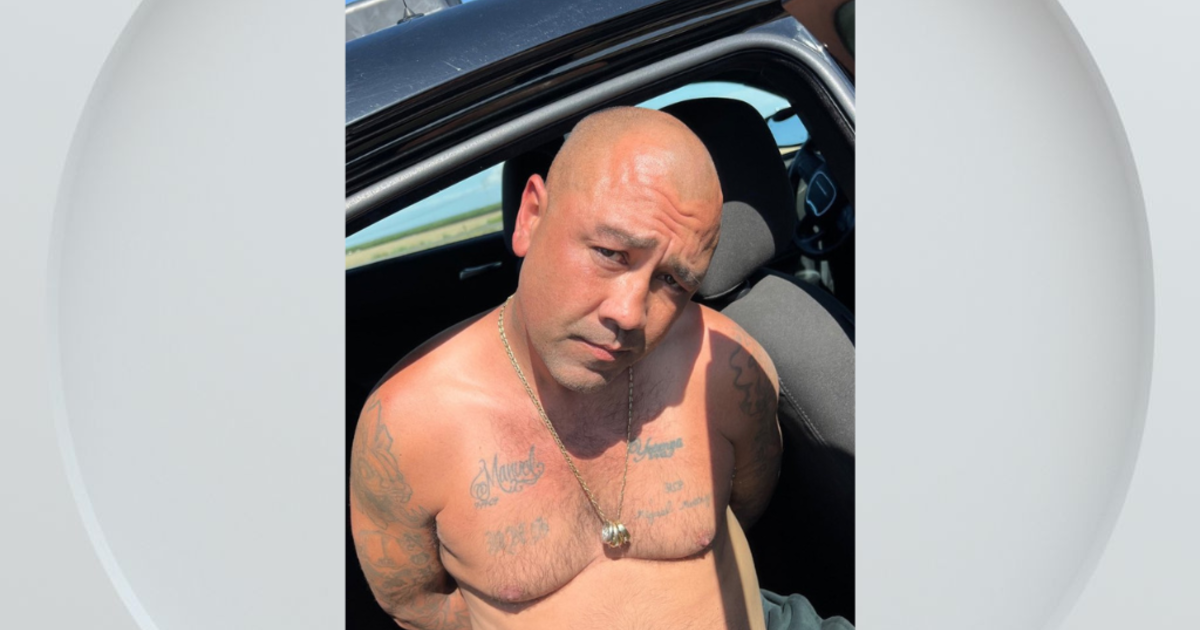Serial Killer's Body Exhumed To Prove He Didn't Escape Execution
PHILADELPHIA (AP) - The body of a 19th century serial killer is being exhumed in suburban Philadelphia at the request of his great-grandchildren, who hope identifying his remains will quell centuries-old rumors that he conned his way out of his execution and escaped from prison.
A Delaware County judge gave the go-ahead to exhume the remains of Dr. H. H. Holmes in a court order dated March 9. The Archdiocese of Philadelphia, which owns Holy Cross Cemetery in Yeadon where the body was located, confirmed the exhumation was to take place but it wasn't immediately clear when the process started. WCAU-TV in Philadelphia showed footage for a front-end loader removing dirt from a grave at Holy Cross Cemetery on Friday.
Holmes, the pseudonym of New Hampshire-born physician Herman Webster Mudgett, is believed to have killed an undetermined number people at his hotel of horrors during the 1893 Chicago World's Fair. It featured a bizarre labyrinth of windowless rooms, secret passageways, false floors, trapdoors, and a vault. Most of the rooms had gas vents, which were controlled from Mudgett's bedroom. Many of the rooms were soundproof and could only be locked from the outside.
But it was the murder of his business partner in Philadelphia that led to his conviction and hanging in 1896.
The exhumation and DNA analysis will be performed by the Anthropology Department at the University of Pennsylvania. The great-grandchildren - John and Richard Mudgett and Cynthia Mudgett Soriano, all of California - submitted DNA samples to the university, according to their petition seeking the exhumation.
Judge Chad Kenney's order states that the remains are to be re-interred in the same grave after testing, whether or not they belong to Holmes.
John Mudgett's wife said by phone from California Wednesday that the great-grandchildren weren't commenting. They're related to Holmes through his son with his first wife, Clara Lovering.
Holmes was executed in a public event at Philadelphia's Moyamensing Prison on May 7, 1896. Witnesses said he maintained his cool to the very end, even telling the executioner not to rush. The New York Times reported it took Holmes more than 15 minutes to die.
Holmes had left specific instructions for his burial. He was to be laid in a pine box and the box was then filled with cement, buried 10 feet in the ground and covered again with cement.
Despite it all, rumors started swirling that he'd managed to swap another convict to be executed in his place, and he went free.
Holmes was the subject of the 2003 best-selling book, "The Devil in the White City," by Erik Larson.
"I have absolute confidence the body in that grave is Holmes," Larson said in an email to The Associated Press on Wednesday.
Copyright 2017 The Associated Press.



